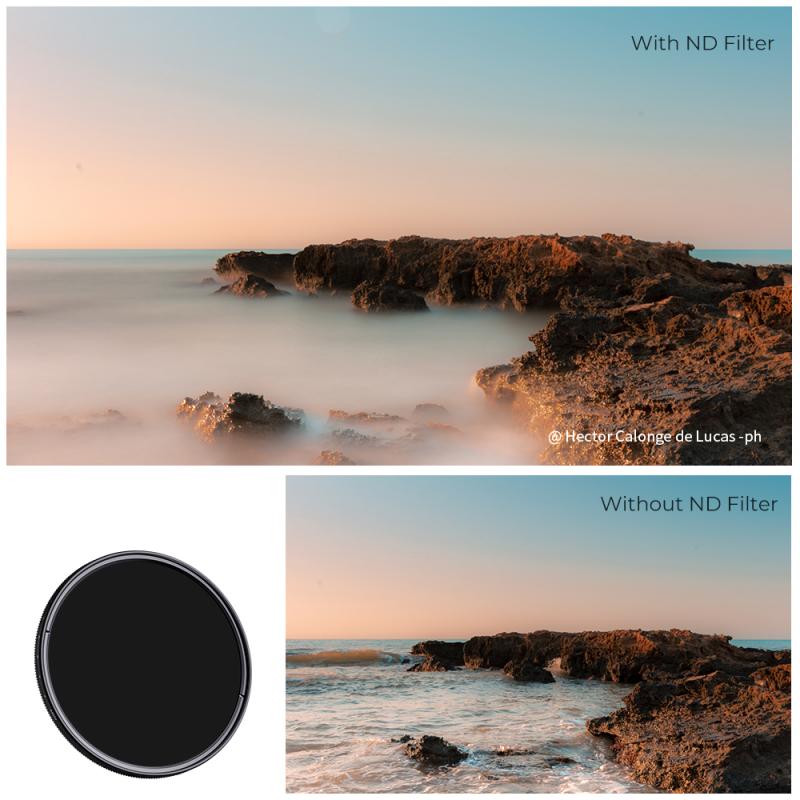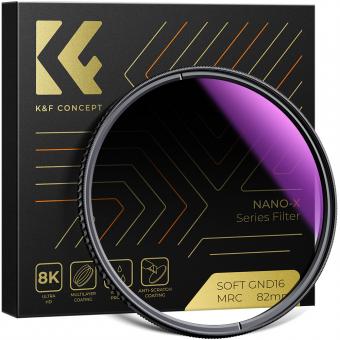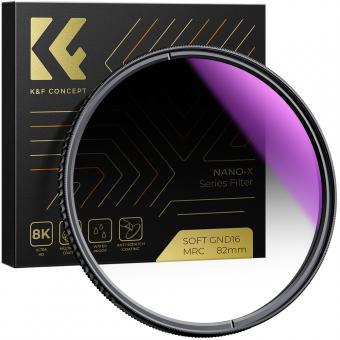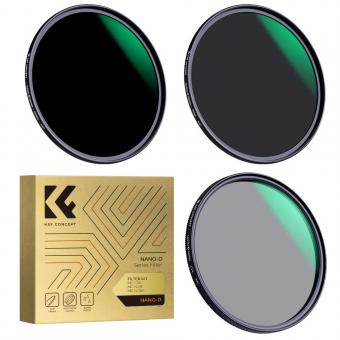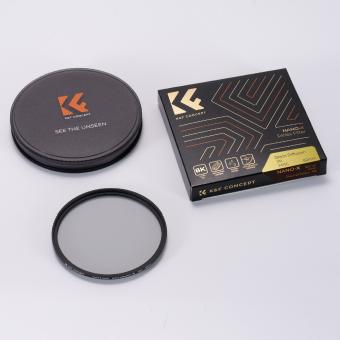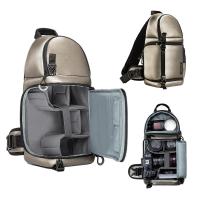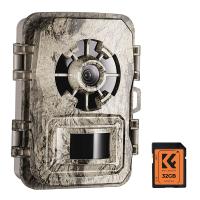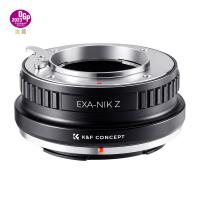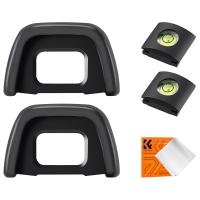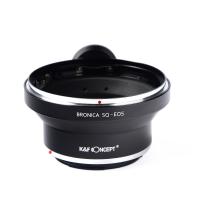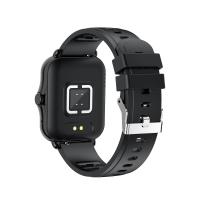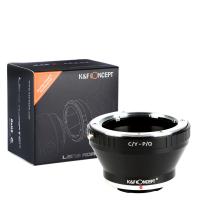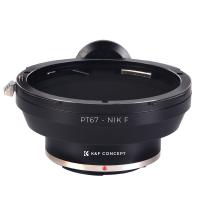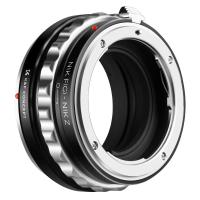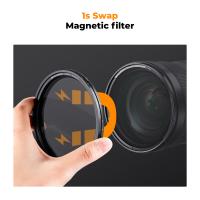When To Use A Neutral Density Filter ?
A neutral density filter is typically used in photography when you want to reduce the amount of light entering the camera without affecting the color or tone of the image. This can be useful in various situations, such as when you want to achieve a longer exposure time to create motion blur in water or clouds, or when you want to use a wider aperture in bright conditions to achieve a shallow depth of field. Neutral density filters come in different strengths, measured in stops, which determine the amount of light they block. The specific circumstances and desired effect will determine when to use a neutral density filter and which strength to choose.
1、 Photography: Balancing exposure in bright lighting conditions.
When to use a neutral density filter in photography is primarily to balance exposure in bright lighting conditions. Bright sunlight or other intense light sources can often result in overexposed images, with blown-out highlights and lack of detail in the brighter areas. A neutral density filter helps to reduce the amount of light entering the camera, allowing for a more balanced exposure.
One common scenario where a neutral density filter is useful is when photographing landscapes with a bright sky. Without a filter, the sky may appear too bright and lack detail, while the foreground is properly exposed. By using a neutral density filter, the photographer can reduce the amount of light entering the camera, allowing for a more even exposure between the sky and the foreground. This helps to capture the full range of tones and details in the scene.
Another situation where a neutral density filter is beneficial is when photographing moving subjects in bright lighting conditions. For example, when photographing a waterfall or a flowing river, a longer exposure is often desired to create a smooth, silky effect on the water. However, in bright lighting conditions, achieving a longer exposure can be challenging without overexposing the image. By using a neutral density filter, the photographer can reduce the amount of light entering the camera, allowing for a longer exposure time and achieving the desired effect.
In addition to these traditional uses, photographers are also exploring creative applications of neutral density filters. For instance, some photographers use extremely dense neutral density filters to capture long exposures during the daytime, resulting in surreal and dreamlike images. This technique can create a sense of motion and blur in scenes that would otherwise appear static.
In conclusion, a neutral density filter is used in photography to balance exposure in bright lighting conditions. It helps to reduce the amount of light entering the camera, allowing for a more even exposure and capturing a wider range of tones and details. Additionally, photographers are finding new and creative ways to utilize neutral density filters to achieve unique and artistic effects.
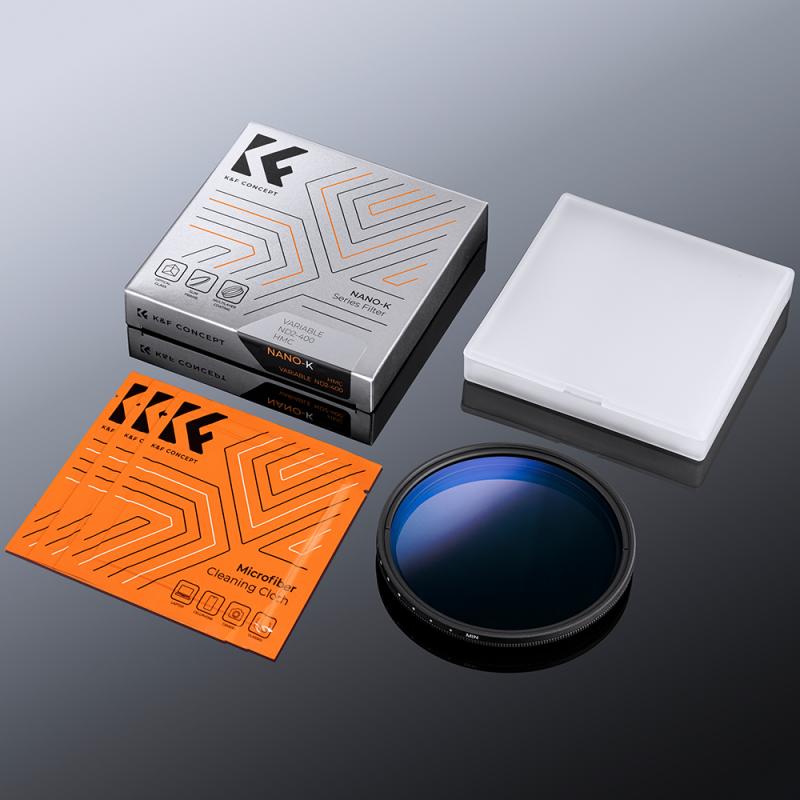
2、 Cinematography: Achieving desired motion blur and shallow depth of field.
When to use a neutral density filter in cinematography is primarily to achieve desired motion blur and shallow depth of field. A neutral density (ND) filter is a tool that reduces the amount of light entering the camera without affecting the color or contrast of the image. This allows cinematographers to have more control over their exposure settings and create specific visual effects.
One of the main reasons to use an ND filter is to achieve motion blur. By reducing the amount of light, the camera's shutter speed can be slowed down, resulting in longer exposure times. This is particularly useful when shooting fast-moving subjects or when trying to create a sense of motion in a scene. For example, in a car chase sequence, using an ND filter can help capture the movement of the vehicles with a slight blur, adding a dynamic and cinematic feel to the footage.
Another application of ND filters is to achieve a shallow depth of field. By reducing the amount of light entering the camera, cinematographers can open up their aperture wider, resulting in a smaller depth of field. This allows them to selectively focus on a specific subject while blurring the background, creating a visually pleasing and cinematic effect. This technique is often used in portrait shots or to draw attention to a particular element in a scene.
From a contemporary perspective, the use of ND filters has become even more relevant with the advent of digital cameras. Unlike film cameras, digital sensors have a fixed sensitivity to light, making it challenging to control exposure in bright conditions. ND filters provide a practical solution by allowing cinematographers to maintain a desired exposure level while still achieving the desired motion blur and shallow depth of field.
In conclusion, cinematographers use neutral density filters to achieve desired motion blur and shallow depth of field. These filters provide control over exposure settings, allowing for creative visual effects and enhancing the overall cinematic experience. With the advancements in digital technology, the use of ND filters has become even more crucial in maintaining control over exposure in various lighting conditions.
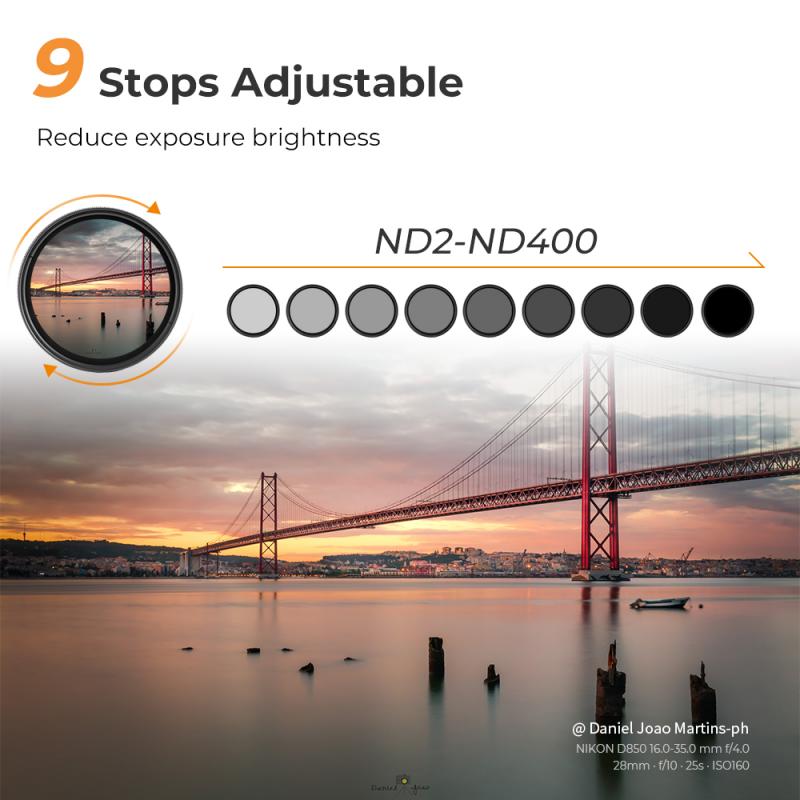
3、 Astrophotography: Capturing long-exposure images of celestial objects.
When to use a neutral density filter in astrophotography is when you want to capture long-exposure images of celestial objects. Astrophotography involves capturing images of stars, galaxies, and other celestial objects, often in low-light conditions. To capture these images, photographers often need to use long exposure times to gather enough light. However, long exposures can result in overexposed images, especially when shooting in bright conditions or with a wide aperture.
This is where a neutral density (ND) filter comes in handy. A neutral density filter is a darkened piece of glass or resin that reduces the amount of light entering the camera without affecting the color or quality of the image. By using an ND filter, photographers can extend the exposure time without overexposing the image, allowing them to capture more details in the night sky.
In astrophotography, ND filters are particularly useful when photographing the moon, as it can be quite bright and easily overexposed. By using an ND filter, photographers can capture the moon's surface and details without losing the highlights or blowing out the image.
Additionally, ND filters can be used to create long-exposure effects, such as capturing star trails or creating smooth, flowing water in landscape astrophotography. By using a longer exposure time with an ND filter, photographers can capture the movement of stars or create a dreamy effect with flowing water.
In conclusion, a neutral density filter is essential in astrophotography when capturing long-exposure images of celestial objects. It helps to control the amount of light entering the camera, allowing photographers to capture more details in low-light conditions without overexposing the image.
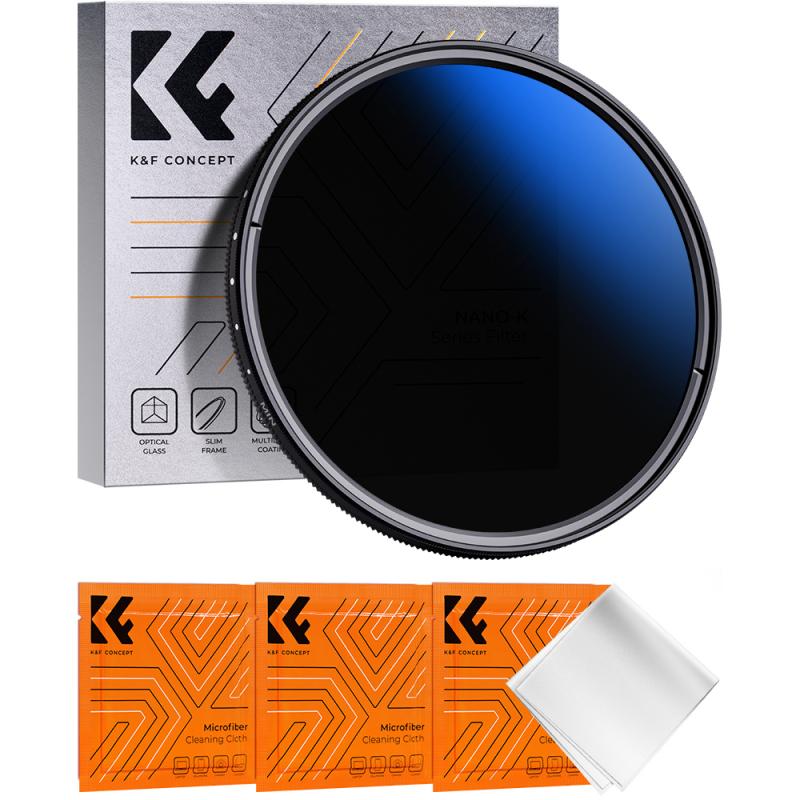
4、 Water photography: Creating smooth and ethereal effects in water scenes.
When to use a neutral density filter in water photography is when you want to create smooth and ethereal effects in water scenes. A neutral density filter is a tool that reduces the amount of light entering the camera without affecting the color of the image. This allows you to use longer shutter speeds, resulting in blurred and silky smooth water.
Water scenes, such as waterfalls, rivers, or ocean waves, can benefit greatly from the use of a neutral density filter. By using a longer shutter speed, you can capture the movement of the water in a way that appears soft and dreamlike. The flowing water becomes a blur, creating a sense of motion and tranquility in the image.
Additionally, a neutral density filter can be useful in situations where there is too much light, such as during bright daylight or when shooting in snowy conditions. By reducing the amount of light entering the camera, you can achieve a more balanced exposure and avoid overexposure.
In recent years, the use of neutral density filters in water photography has become increasingly popular. Photographers are experimenting with different shutter speeds and filter strengths to create unique and artistic effects. Some photographers even combine multiple exposures with different shutter speeds to create a composite image that showcases the various stages of water movement.
Overall, a neutral density filter is a valuable tool for water photography, allowing you to capture the beauty and serenity of water scenes in a way that is visually captivating and ethereal.
